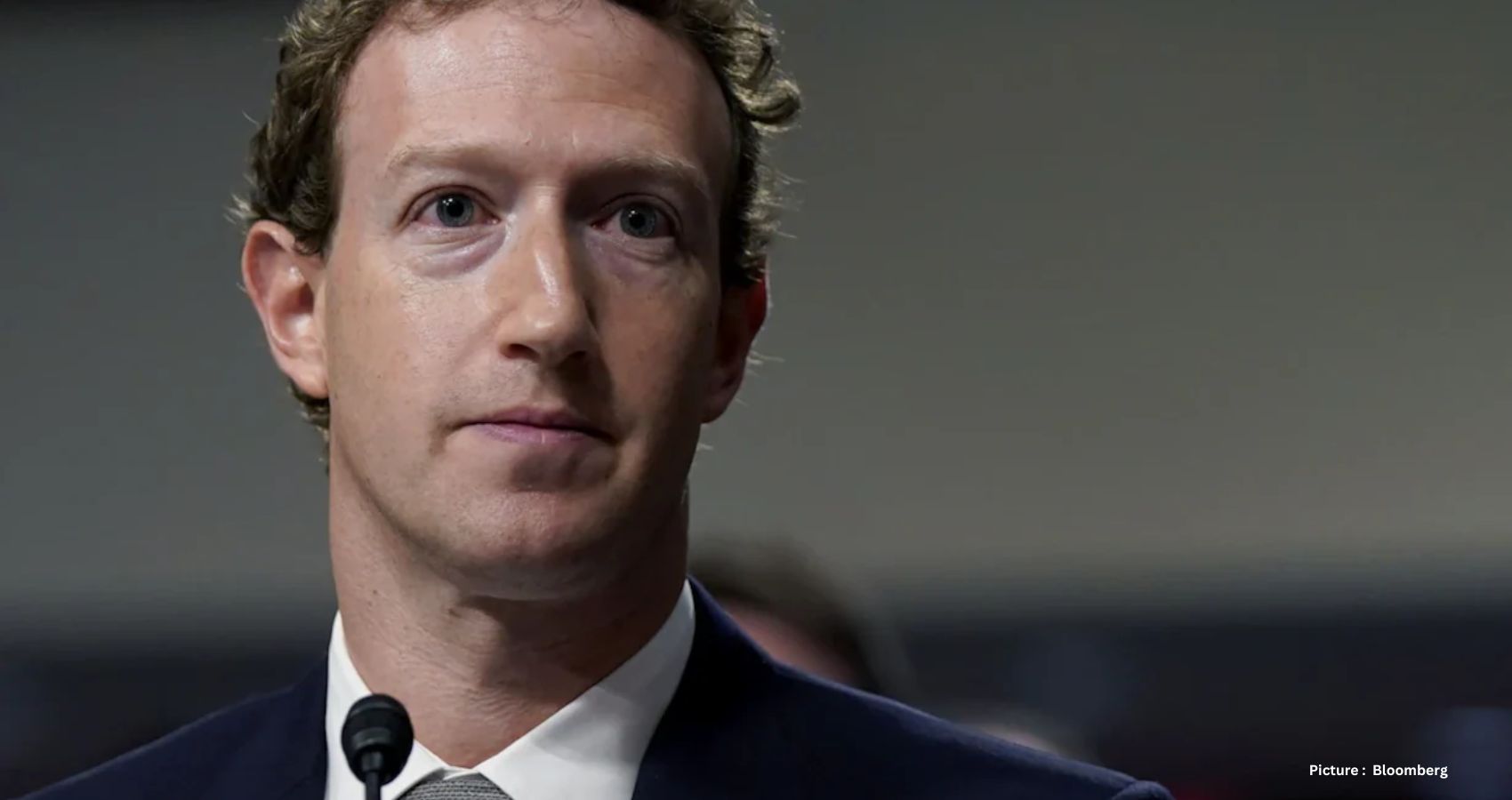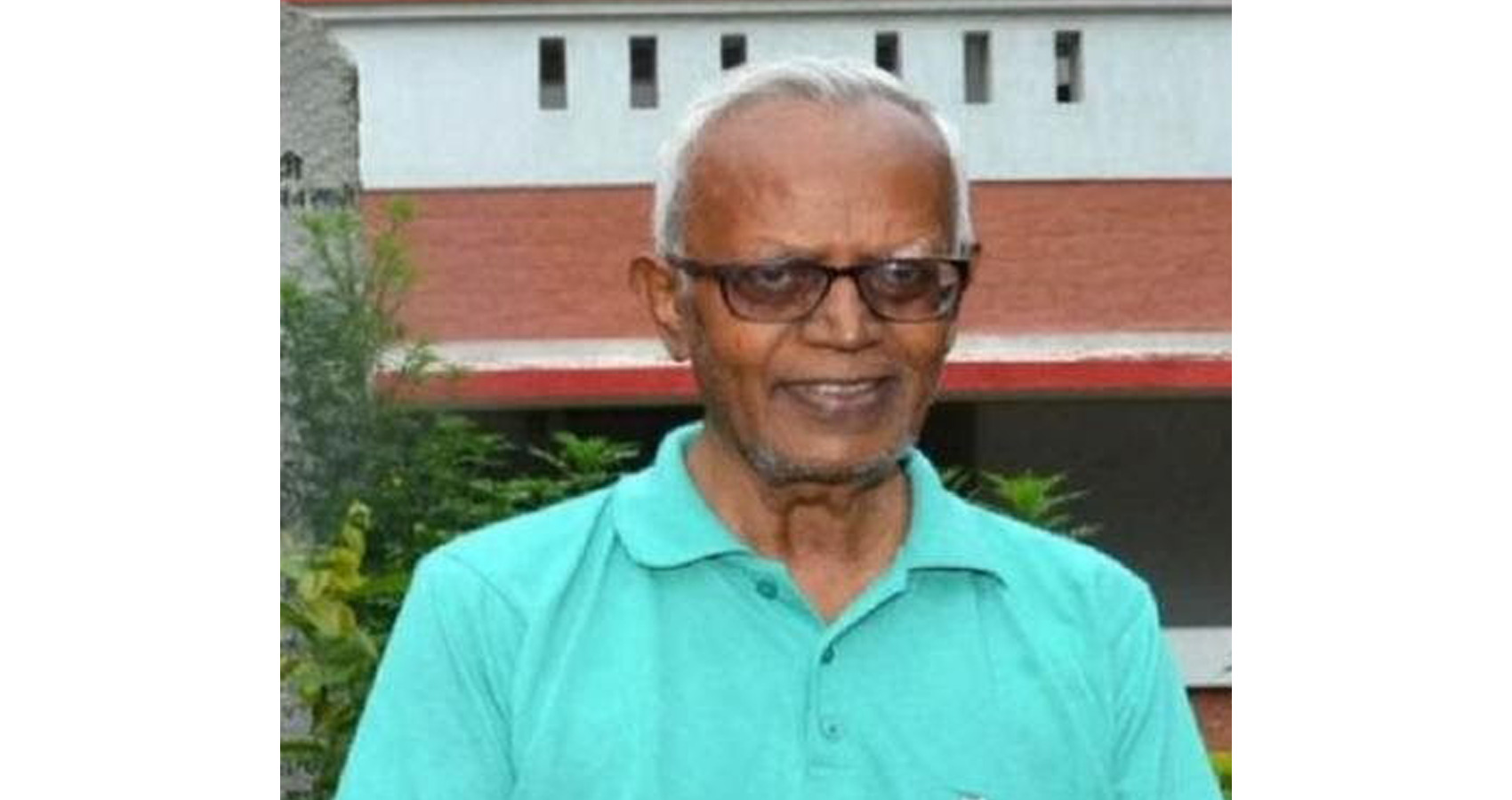Indian Overseas Congress, USA, an advocacy group that promotes democracy, freedom, and equal justice in India, condemns the FACEBOOK management for its election-year interference, content bias, and suppression of free expression by Indian citizens to help the Bharatiya Janata Party (BJP), that is in power.
The Wall Street Journal dated August 14, 2020, wrote a story on how FACEBOOK’s blatant bias and dubious practices in India in favor of the Modi government is having an impact on the social media as regards its citizen’s right to express their opinions in public. These revelations shine a light on how major business houses that include Ambani’s Jio platform and Tech companies in Silicon Valley are heavily invested in India’s current politics and interferes in its communal faultlines.
“It is quite unfortunate that a company founded in a free society undermines the very essence of that philosophy in a sister democracy in the world and that too in favor of a political party that demonstrated its disdain for pluralism, democracy and freedom of religion, “ said George Abraham, Vice-Chairman of the Indian Overseas Congress, USA.
It has been reported that Ms. Ankhi Das, the content manager in charge of FACEBOOK in India, is said to have told her colleagues “punishing violations by politicians from the @narendramodi party would damage the company’s business prospects in the country.” Reuters reported that a handful of employees had written a letter asking FACEBOOK to denounce “anti-Muslim” bigotry” from BJP politicians that Ankit Das said to have protected.
“Congress party valiantly fought for freedom and independence and the dignity of every Indian for the last 74 years, and it is regrettable to see that India’s democracy has now been undermined by a profit-making company such as FACEBOOK,” said Mohinder Singh, president of the IOC, USA.
It is a well-known fact that India is the largest market for FACEBOOK and WhatsApp, and these companies have a huge responsibility in managing the content without bias and bigotry. However, they have chosen the side of those that incite violence and encourage instability that has led to destruction of lives and property. Facebook shoulders a heavy responsibility for what has transpired.
IOC, USA, supports the proposal by the AICC asking Facebook to set up a panel to investigate the blatant bias regarding BJP-RSS and punish those who have engaged in such dubious practices. As a first step, Ankhi Das, who is the content manager for FACEBOOK in India, should be relieved of her duties and be investigated for her connection to a political party since her actions have tainted the company’s reputation as an independent arbiter of opposing viewpoints.
Facebook says will purge hateful posts by public figures in India
Facing intense political heat in India over its alleged role in favouring the Bharatiya Janata Party (BJP) on its platform, social networking giant Facebook on Friday clarified its position, saying it has removed and will continue to remove content posted by public figures in India which violate its community standards.Ajit Mohan, Vice President and Managing Director, Facebook India, said in a statement that Facebook has always been an open, transparent and non-partisan platform where people can express themselves freely.
“Over the last few days, we have been accused of bias in the way we enforce our policies. We take the allegations of bias incredibly seriously, and want to make it clear that we denounce hate and bigotry in any form,” Mohan said.
He was referring to the controversy generated after a Wall Street Journal (WSJ) report claimed that Facebook’s content regulation policies favoured the BJP.
The WSJ report sparked a widespread debate in India, raising serious questions over Facebook’s content regulation practices.
The report claimed that Facebook India’s Public Policy Head Ankhi Das had told staff members that punishing violations by BJP politicians would damage the company’s business prospects.
Mohan said the policies at Facebook are “ever-evolving to take into account the local sensitivities, especially in a multicultural society such as India”.
“An example is the inclusion of caste as a protected characteristic in our global hate speech policy in 2018,” Mohan said.
The Facebook India chief said that the employees represent a varied political spectrum who have either served in many administrations or have political experience and take immense pride in being active contributors to public service.
“Despite hailing from diverse political affiliations and backgrounds, they perform their respective duties and interpret our policies in a fair and non-partisan way. The decisions around content escalations are not made unilaterally by just one person; rather, they are inclusive of views from different teams and disciplines within the company,” he elaborated.
Amid the debate, BJP’s IT cell chief Amit Malviya has claimed that Mohan worked with the Planning Commission during the UPA era.
According to Mohan, there is no place for hate speech on Facebook but they need to do more.
“We know this work is never over, which is why we will continue to invest in our efforts to combat hate speech on our services. We welcome the opportunity to engage with all parties — political or otherwise — who want to understand our content policies and enforcement more,” he said, adding that Facebook’s commitment to India and its people is unwavering.
The Congress has demanded that Facebook should order a high-level inquiry into its leadership team and their operations in a time-bound manner, and publish and make transparent all instances of hate speech since 2014 that were allowed on the platform. “Facebook India should appoint a new team so that the investigation is not influenced,” said Congress leader K.C. Venugopal in a letter to Facebook CEO Mark Zuckerberg.









